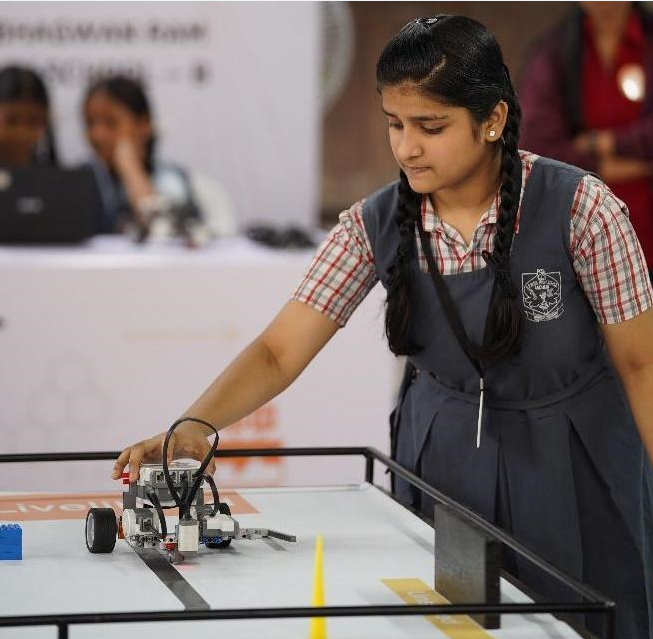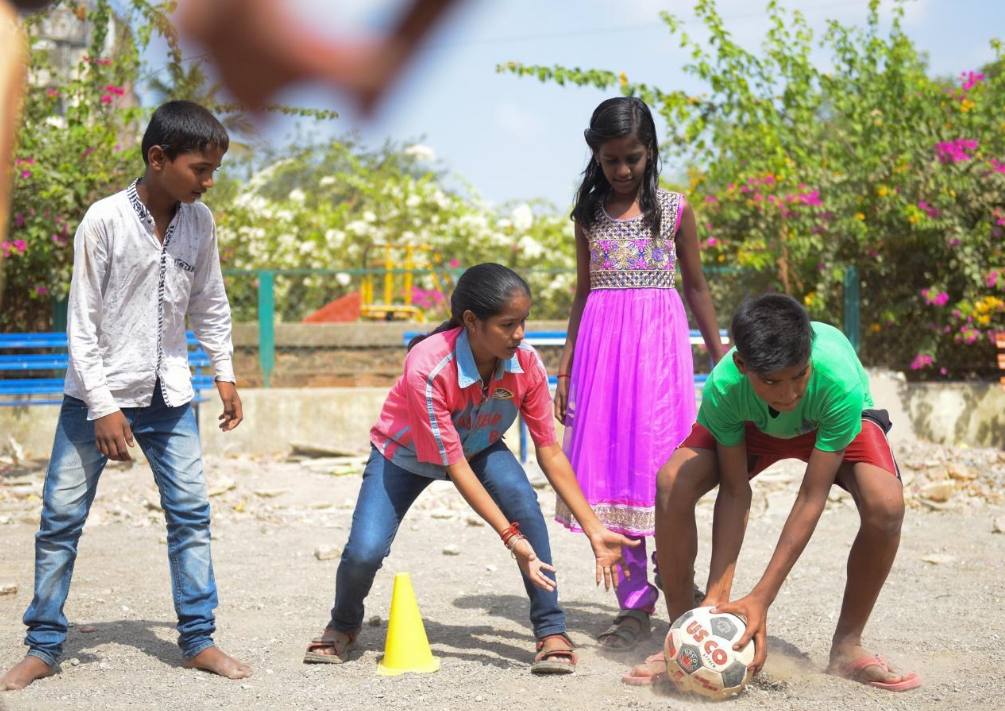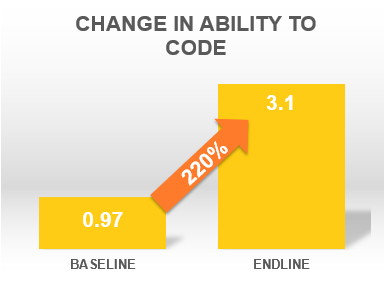As India pens its development story for the 21st century, it has a key advantage in its youth demographic. With a large pool of aspirational youth in the country, there is a need for opportunities to develop their skills. The government’s initiatives in skill development, entrepreneurship and platforms for innovations has witnessed many takers, but the needle for education and employment is only moving slightly. Children continue to drop-out from secondary school education; those who continue to have lower learning outcomes and those who complete graduation, lack the necessary job-skills to compete in the job markets.
WPP, a creative transformation company, has taken these challenges of education and employment head-on, as it addresses them through its CSR entity. The WPP India Foundation brings together the expertise of the entire company, in understanding its audiences to build mass-level social impact.
Education to Livelihood Programme
WPP India Foundation works on a vision of leading the under-served youth of India from improved educational outcomes to making informed livelihood choices.
To achieve this vision, it works on these focus areas – increasing retention in secondary school education, improving educational outcomes, enhancing work-readiness skills and addressing deep-rooted social norms.
The flagship program, Education to Livelihood program (E2L) was launched in June 2016 to address this. Through E2L, the foundation supports almost 20,000 children studying across 10 schools in the urban and peri-urban slum communities of Mumbai and Delhi. The children, all first-generation learners, receive the foundation’s intervention for 7 long years, right from when they enter their 6th grade till they complete the first 6 months of their high school, which could be either through a placement or pursuing higher education.
The foundation’s technical lead, a professor from the Harvard University has helped to design a theory of change, which identifies key interventions that can help the children complete their education to livelihood journey. This has led them to design over 20 interventions that are offered to each school that are supported through the E2L programs.
The foundation works closely with the schools and their key stakeholders to design the programs which are co-created based on the needs of each school. Once the programs are designed for each school, the best-of-breed partners of the organisation implement them.
The programs implemented by the partner organisations are rigorously evaluated to build a proof-of-concept, which can then be scaled across geographies with key partnerships.
The Impact Needle
In the last three years since the launch of the Education to Livelihood program, WPP Foundation has observed some key outcomes delivered through their interventions.
Academic outcomes:
The beneficiary children have over 96% attendance in schools, which is way above the national average of 73% for secondary education. Similarly, the drop-outs in schools have been limited to less than 3% in comparison to the national average of 17% in 9-10th grades.
Every second child in the foundation’s spoken English interventions is now confident in speaking English.
Digital literacy:

The digital interventions by the foundation have brought our children closer to their imagination by teaching them to code, design 3D models and program robots.
Through the KANO computer kit, the children have been educated about the difference between hardware and software. They have also been introduced to scratch coding. This has in fact doubled the coding ability of the children using the KANO kit. Over 60% of girls in this programme have a renewed interest in pursuing computers as a career option. Through its 3D model designing course, the foundation has tapped into the logical thinking and spatial reasoning of children. With Robotics program, the children have learnt to build, control robots and program them for simple tasks.
The digital programmes of the foundation are witnessing an overall increase in confidence among the children in using digital technologies, which will help them in their future occupations.
Livelihood outcomes:
WPP Foundation has counselled and assessed over 2000 children across its schools, helping them identify careers to pursue. Over 100 children are given vocational training to develop their entrepreneurial skills in various occupations like technicians, food processing, and organic farming.
Through livelihood programme, over 600 children have been trained in job-readiness skills helping them sustain their employment. 70% of these children have received an industrial placement or will be pursuing further education. The average salary of these children is over INR 10,000 every month. These placements have been at firms like Marks & Spencer, GE Healthcare.
Addressing deep-rooted social norms:
The Foundation has witnessed reduced discrimination based on gender and caste by 3% and 5% respectively. The interventions have made the children more confident in speaking with their peers and teachers. The children are quick at learning leadership skills including goal setting and confidence building.



